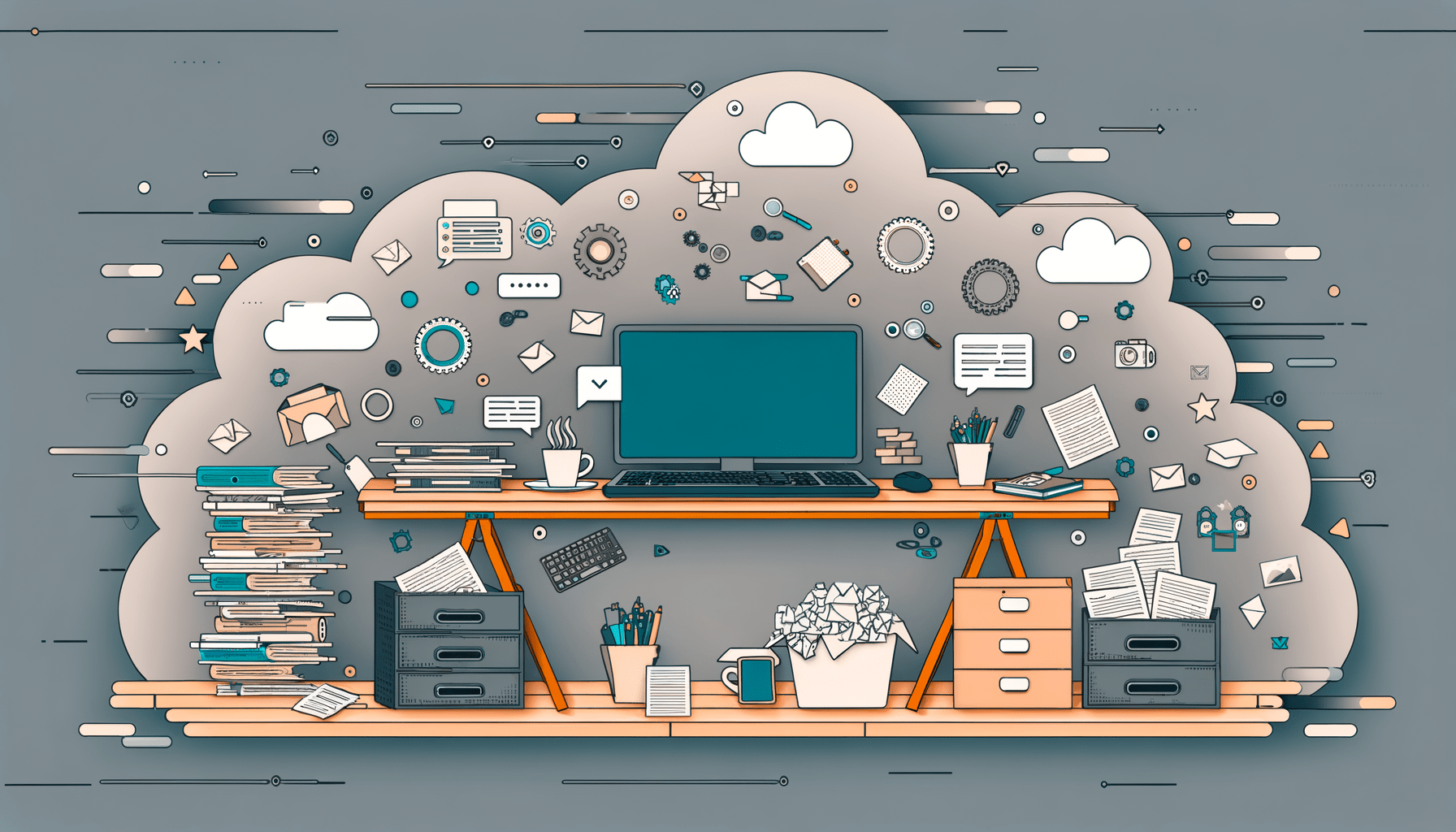Remote work has transformed the way we approach our jobs, offering flexibility and convenience. However, this shift has also led to a rise in remote work burnout—a phenomenon that can significantly impact productivity and mental health. As we navigate this new landscape, understanding the causes of burnout and implementing effective prevention strategies is crucial for maintaining a healthy work-life balance. In this guide, we will explore the intricacies of remote work burnout, its symptoms, causes, and most importantly, actionable strategies to prevent it.
Table of Contents
- Understanding Remote Work Burnout
- Symptoms of Remote Work Burnout
- Causes of Remote Work Burnout
- Prevention Strategies for Remote Work Burnout
- Data Insights on Remote Work Burnout
- Conclusion
Understanding Remote Work Burnout
Remote work burnout is characterized by emotional exhaustion, depersonalization, and reduced personal accomplishment stemming from prolonged stress in a remote working environment. Unlike traditional workplace stressors that may be more easily identifiable—such as long commutes or office politics—remote work burnout often creeps in unnoticed until it becomes overwhelming.
Key aspects to understand about remote work burnout include:
– **Isolation**: The lack of face-to-face interaction can lead to feelings of loneliness.
– **Overworking**: The blurred lines between home and work can result in longer hours.
– **Lack of structure**: Without a defined schedule or routine, employees may struggle to manage their time effectively.
For further reading on the psychological impacts of remote work environments, check out [Harvard Business Review](https://hbr.org/2020/04/a-guide-to-managing-your-newly-remote-workers).
Symptoms of Remote Work Burnout
Recognizing the symptoms of remote work burnout is essential for early intervention. Common signs include:
– **Chronic fatigue**: Feeling tired even after a full night’s sleep.
– **Irritability**: Increased frustration over minor issues.
– **Decreased productivity**: Struggling to complete tasks that were once manageable.
– **Detachment**: Feeling disconnected from colleagues or your job role.
If you notice these symptoms persisting over time, it’s crucial to take action before they escalate into more severe mental health issues.
Causes of Remote Work Burnout
Several factors contribute to remote work burnout:
1. **Inadequate support systems**:
– Lack of managerial support can leave employees feeling isolated.
– Insufficient resources for mental health support can exacerbate feelings of stress.
2. **Unclear expectations**:
– Ambiguous job roles or responsibilities can lead to confusion and anxiety.
– Frequent changes in project direction without clear communication can increase workload unpredictability.
3. **Poor time management skills**:
– Difficulty separating personal life from professional obligations leads to overworking.
– Procrastination due to distractions at home can create last-minute pressure.
4. **Technology overload**:
– Constant notifications from emails and messaging apps contribute to cognitive overload.
– The expectation to be always available blurs boundaries between personal time and professional commitments.
To learn more about how workplace culture affects employee well-being, visit [Gallup](https://www.gallup.com/workplace/236441/employee-burnout.aspx).
Prevention Strategies for Remote Work Burnout
Preventing remote work burnout requires proactive measures tailored to individual needs. Here are some effective strategies:
Setting Boundaries
Establishing clear boundaries between your professional and personal life is vital:
– Define specific working hours and communicate them with your team.
– Use tools like calendar blocking to allocate time for breaks and non-work activities.
By setting these boundaries:
– You create a structured environment conducive to productivity.
– You reduce the risk of encroaching on personal time with work obligations.
Creating a Designated Workspace
Having a dedicated workspace helps signal when you are “at work” versus “at home”:
– Choose an area free from distractions where you feel comfortable focusing on tasks.
– Personalize your workspace with items that inspire you but avoid clutter that could distract you.
Benefits include:
– Improved concentration during working hours
– A clearer transition between home life and professional responsibilities
Prioritizing Self-Care
Self-care should never be overlooked; it plays an essential role in preventing burnout:
– Schedule regular breaks throughout your day—consider techniques like the Pomodoro Technique (25 minutes focused work followed by a 5-minute break).
Incorporate self-care activities such as:
– Exercise (even short walks)
– Mindfulness practices (meditation or deep breathing exercises)
These practices help recharge your mental batteries while enhancing overall well-being.
Fostering Communication with Colleagues
Open lines of communication are critical in combating feelings of isolation:
– Schedule regular check-ins with team members via video calls or chat platforms.
Encourage sharing experiences related to challenges faced while working remotely:
– This builds camaraderie among colleagues
– It creates an environment where everyone feels supported
Data Insights on Remote Work Burnout
To better understand the prevalence and impact of remote work burnout across various demographics, consider the following interactive table showcasing relevant data collected from recent studies:
Gen Z (ages 18–24)65%Poor time management; Technology overload
Working Parents (all ages)80%Childcare responsibilities; Home distractions
This data highlights how different groups experience varying levels of burnout based on their unique circumstances. For further insights into workplace trends affecting employee wellness today visit [Forbes](https://www.forbes.com/sites/forbeshumanresourcescouncil/2021/03/30/the-impact-of-covid-on-the-future-of-work-and-how-to-navigate-it/?sh=6e8d7c9e4b5d).ConclusionIn conclusion, understanding remote work burnout is essential for both employees and employers alike. By recognizing its symptoms and causes—and implementing effective prevention strategies—we can foster healthier workplaces even within virtual environments.Remember that prioritizing self-care while establishing boundaries will not only enhance individual well-being but also improve overall team dynamics.Explore our range of innovative solutions at [Omniaseo Products](https://omniaseo.com/products) designed specifically for enhancing productivity while safeguarding against remote work challenges!—This blog post provides valuable insights into preventing remote work burnout while positioning Omniaseo as an authority in this domain through actionable advice backed by credible sources.
| Demographic Group | Percentage Experiencing Burnout (%) | Main Contributing Factors | ||
|---|---|---|---|---|
| Millennials (ages 25–40) | 75% | Lack of social interaction; Overworking |



Leave a Reply